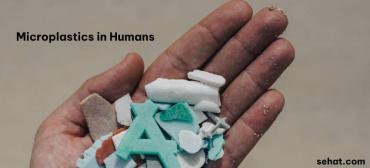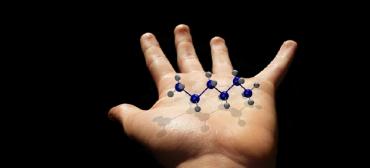Anatomy of the Bone
What is bone?
Bone is living tissue that makes up the body's skeleton. There are three types of bone tissue, including the following:
-
Compact tissue--the harder, outer tissue of bones
-
Cancellous tissue--the sponge-like tissue inside bones
-
Subchondral tissue--the smooth tissue at the ends of bones, which is covered with another type of tissue called cartilage. Cartilage is the specialized, gristly connective tissue that is present in adults, and the tissue from which most bones develop in children.
| |
| Click Image to Enlarge |
The tough, thin outer membrane covering the bones is called the periosteum. Beneath the hard outer shell of the periosteum there are tunnels and canals through which blood and lymphatic vessels run to carry nourishment for the bone. Muscles, ligaments, and tendons may attach to the periosteum.
Bones are classified by their shape--as long, short, flat, and irregular. Primarily, they are referred to as long or short.
There are 206 bones in the human skeleton, not including teeth and sesamoid bones (small bones found within cartilage):
-
80 axial bones which include the head, facial, hyoid, auditory, trunk, ribs, and sternum
-
126 appendicular bones which include arms, shoulders, wrists, hands, legs, hips, ankles, and feet
| |
| Click Image to Enlarge |
What are the functions of bone?
Bone provides shape and support for the body, as well as protection for some organs. Bone also serves as a storage site for minerals and provides the medium--marrow--for the development and storage of blood cells.
What are the different types of bone cells?
The different types of bone cells include the following:
-
Osteoblast--found within the bone, its function is to form new bone tissue
-
Osteoclast--a very large cell formed in bone marrow, its function is to absorb and remove unwanted tissue
-
Osteocyte--found within the bone, its function is to help maintain bone as living tissue
-
Hematopoietic--found in bone marrow, its function is to produce red blood cells
Fat cells are also found within the bone marrow.
Because of the complexities of a bone's function, from providing strength and support for the body, to serving as a site for development and storage of blood cells, there are many disorders and diseases that can affect bone.





















